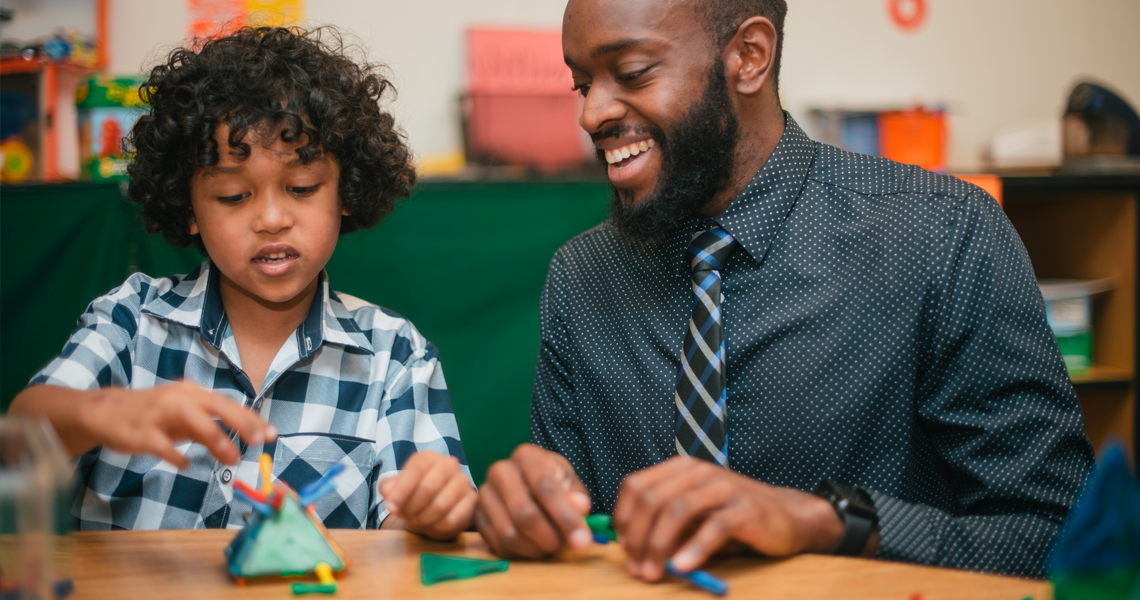
My class of 4 and 5 year olds just celebrated the culmination of our eight-week PBL unit, “Creating our Classroom Community.”
In this Transitional Kindergarten (TK) project, children designed a class website complete with individual student pages, neighborhood maps, favorite recipes, and birthdays. Our public product included a Zoom “Website Launch Party” where children shared the website with their families.
In a book I recently co-authored, Implementing Project Based Learning in Early Childhood: Overcoming Misconceptions and Reaching Success, we set out to dispel some of the myths and assumptions that often prevent early childhood teachers from facilitating PBL. We know that working with young children presents its own unique set of challenges and when you layer in remote instruction, it can seem impossible. However, these misconceptions about young children and remote PBL can be overcome by shifting our mindsets and using strategies and resources specific to the needs of young children.
Although facilitating the Classroom Community project 100% virtually presented some interesting challenges, and designing a website took a bit more work than I originally anticipated, I knew it was the right thing to do. I embraced the change, leaned into the discomfort, and drew upon what I knew to be true - that young children learn best in environments that:
- inspire curiosity and inquiry, critical thinking and problem solving
- empower them to become independent learners
- honor and respect all that children can do
For me, this is PBL. And we need it now more than ever.
Let me share some of the perceived barriers, assumptions and misconceptions about implementing PBL online with young children, lessons I’ve learned, as well as some resources to help you overcome them...
Misconception #1: Content Limitations
“I have to focus on just math and literacy. My kids are going to get behind academically.”
We seem to have less time to build foundational skills with the shift to remote/hybrid learning. However, these skills can be integrated into Project Based Learning in authentic, purposeful ways. We also can’t underestimate the need for skills beyond “reading, writing, and arithmetic.” Children are seeking social connection, relationships, and to see the relevance of what they are learning. Using our instruction time to just isolate discrete skills will not go far to engage and inspire young children. PBL allows us to integrate those important skills in relevant ways by looking for the natural connections between standards and skills, while also teaching some isolated skills by way of learning “blocks.”
| Lessons Learned | Resources |
|
|
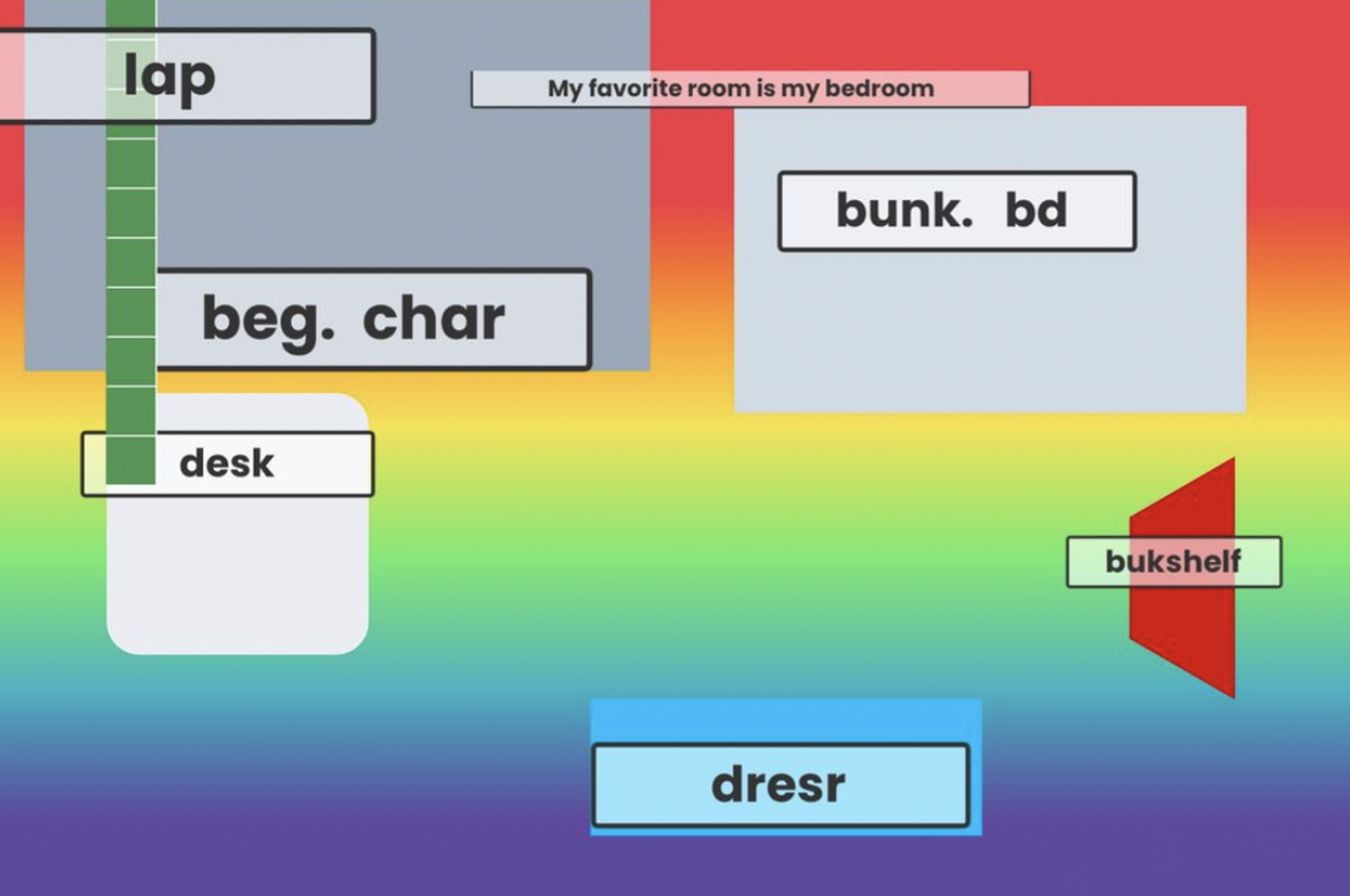 One of the guiding questions in our California social studies framework is “What is your neighborhood like?” The framework suggests that “teachers guide students’ investigations of their surroundings with questions about familiar features of the environment, where they can be found, and how maps can be used to locate them.”
One of the guiding questions in our California social studies framework is “What is your neighborhood like?” The framework suggests that “teachers guide students’ investigations of their surroundings with questions about familiar features of the environment, where they can be found, and how maps can be used to locate them.”
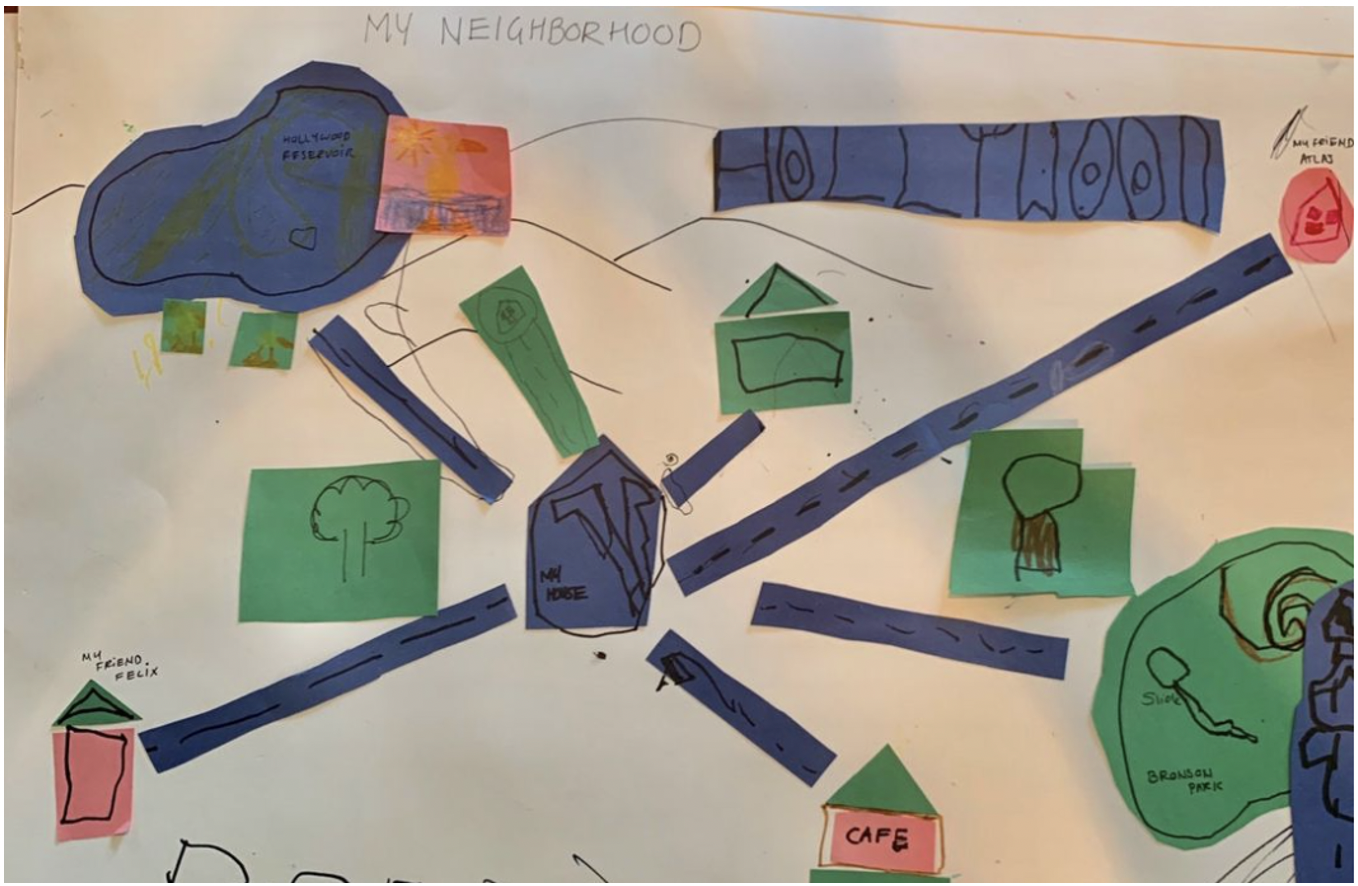 To address these questions in an authentic, relevant and engaging way, children created maps of their favorite rooms using blocks, clay or Legos. Then they transferred the 3-d model map into a 2-d map on paper or online using Seesaw. Children met in small groups to talk through their maps and give each other feedback, then went back to revise their maps for the final draft to appear on the website. Children also created neighborhood maps or took photos of areas in their neighborhood to share with others.
To address these questions in an authentic, relevant and engaging way, children created maps of their favorite rooms using blocks, clay or Legos. Then they transferred the 3-d model map into a 2-d map on paper or online using Seesaw. Children met in small groups to talk through their maps and give each other feedback, then went back to revise their maps for the final draft to appear on the website. Children also created neighborhood maps or took photos of areas in their neighborhood to share with others.
Misconception #2: Limited Bandwidth
“As it is, I am barely keeping it together with remote learning. I can’t add in PBL - it’s way too complicated.”
Teachers are continuing to innovate and teach in ways we were never trained to do. We are juggling redesigning lessons, communicating with families, new resources and technology skills, not to mention managing our own personal situations and trying to take care of our mental and physical health. But there are many ways to simplify PBL while at the same time drawing on helpful resources and frameworks.
| Lessons Learned | Resources |
|
|
As a part of each student’s website page, children wanted to learn about one another’s families. We used Flipgrid so that children could share family pictures and describe their families and what they liked to do together. We also used this platform to encourage students to ask questions and connect with one another.
Misconception #3: Controlling the Environment
“There is too much to manage during live instruction (and planning for asynchronous activities). PBL requires collaboration and voice and choice. I need to control as much as I can with this online situation where so much is new and unpredictable.”
Synchronous and asynchronous remote learning certainly are new and obviously not the way that young children are meant to learn. However, many of the same elements of face-to-face PBL can be transferred online, providing us with a way to structure and plan for relevant lessons. When we give children choices, student ownership and agency increases. Our best classroom management strategy is designing engaging, meaningful lessons where children are given choices in their learning.
| Lessons Learned | Resources |
|
|
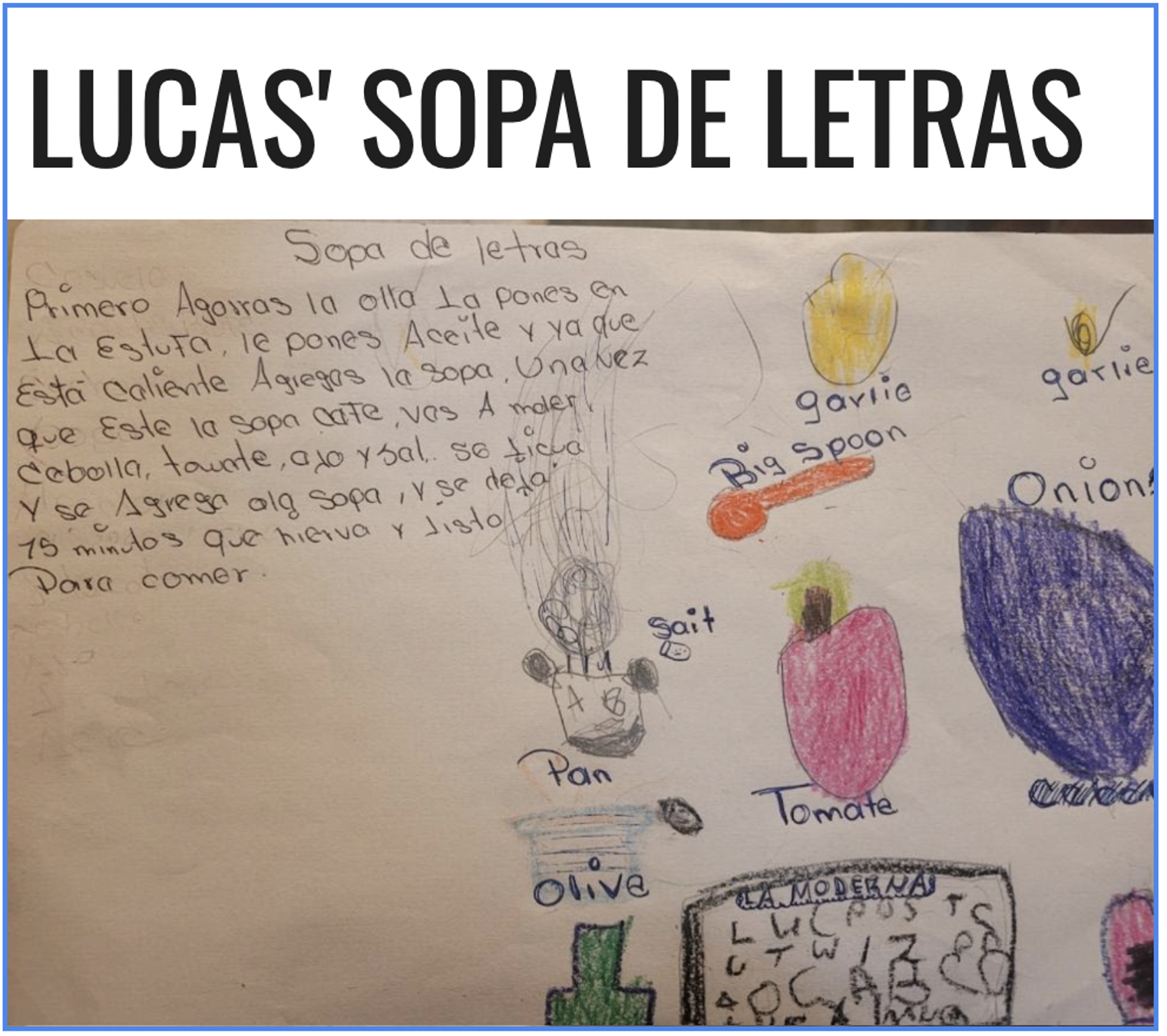 Early in the brainstorming process of what to include on our website, a child suggested we have favorite recipes on the site. This led to exploring different components of recipes, including numbers for the measurements, labels and pictures. A child who is an English Language Learner contributed his recipe in Spanish. His mother helped by writing the words, and the child posted a video on Seesaw of himself cooking the recipe.
Early in the brainstorming process of what to include on our website, a child suggested we have favorite recipes on the site. This led to exploring different components of recipes, including numbers for the measurements, labels and pictures. A child who is an English Language Learner contributed his recipe in Spanish. His mother helped by writing the words, and the child posted a video on Seesaw of himself cooking the recipe.
Misconception #4: Ensuring Student Independence
“Remote PBL will require a lot of parent support and I’m concerned I won’t be able to authentically assess learning or know what the students are capable of doing independently.”
Understanding the misconception: Project Based Learning leverages the home/school connection, and in remote PBL this connection is even more pronounced. While it is true that we cannot be sure that care-givers are not “helping” children to complete work, parents or other adults must be seen as co-facilitators, or partners, in this unique environment. My hope is that learning is collaborative and that children are doing what they can, learning alongside supportive adults, gaining skills each day that lead them to become more independent. Rather than insisting that children work alone, we can design projects that honor children’s home experiences and identities, creating community by bringing in a sense of belonging and connection.
| Lessons Learned | Resources |
|
|
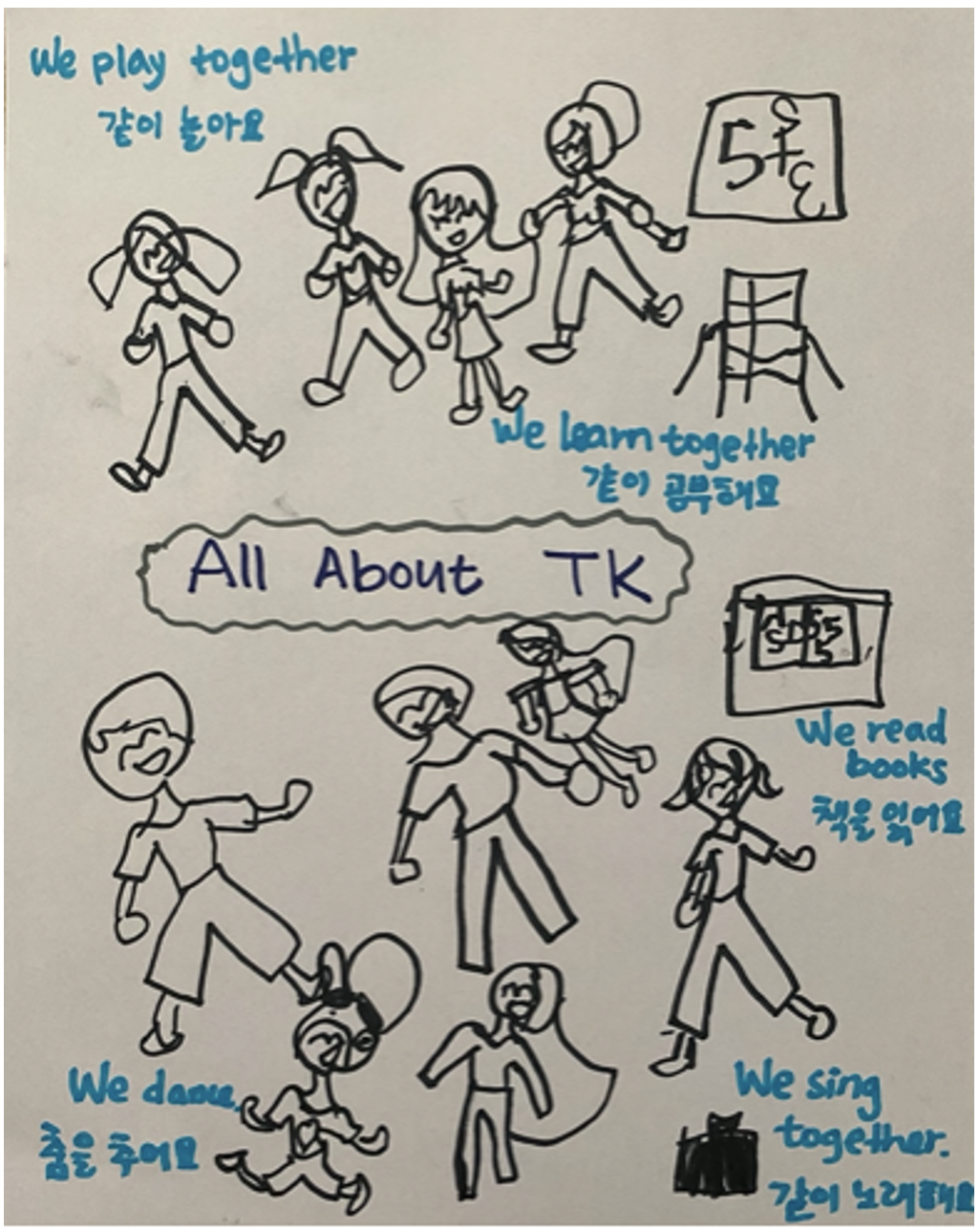 My students created “All about TK Pages” as part of our introduction to learning about information writing and “teaching books.” They did this work during our whole group, synchronous learning time (Writer’s Workshop) in conjunction with stand-alone lessons from the book, Talking, Drawing, Writing by Horn and Giacobbe (2007). Children could label their own pictures, or I asked them to please ask care-givers to add labels (dictated by the child) when they had time and then post to Seesaw. Children then shared their pages in small groups the following day during Writer’s Workshop. In the sample below, the student dictated her words in Korean and her mother wrote the labels in both Korean and English.
My students created “All about TK Pages” as part of our introduction to learning about information writing and “teaching books.” They did this work during our whole group, synchronous learning time (Writer’s Workshop) in conjunction with stand-alone lessons from the book, Talking, Drawing, Writing by Horn and Giacobbe (2007). Children could label their own pictures, or I asked them to please ask care-givers to add labels (dictated by the child) when they had time and then post to Seesaw. Children then shared their pages in small groups the following day during Writer’s Workshop. In the sample below, the student dictated her words in Korean and her mother wrote the labels in both Korean and English.
The current, ever-changing nature of teaching requires us to stay flexible and encourages us to think differently about how young children can engage in the learning process.
It’s only been nine weeks, and I am still learning. But this is what I know so far: PBL gives us freedom to connect our students with content and skills in ways that promote student independence and ownership, even in remote learning. In these very important first weeks of school, PBL has given children the chance to connect, build relationships, and take on challenges. Our project grounded all of us in a time where finding that solid foundation was hard to come by.
Implementing Project Based Learning with young children requires us to overcome some of our misconceptions, about both PBL and young children. During this time of remote learning, I have learned how important it is to trust the process, to adapt, and to lean into the new and unpredictable. I am continuously asking myself how to create that classroom environment that inspires, engages, and builds young children’s independence as learners despite remote and physically distant environments.
Over and over, the answer is Project Based Learning.
It is absolutely possible for young children to become a community, to learn together as a community, without ever meeting in person. I invite you to allow the creativity and curiosity of young children to guide you, and celebrate the success that PBL brings. And despite the challenges, you might be surprised at all that you and your students are able to accomplish along the way.

